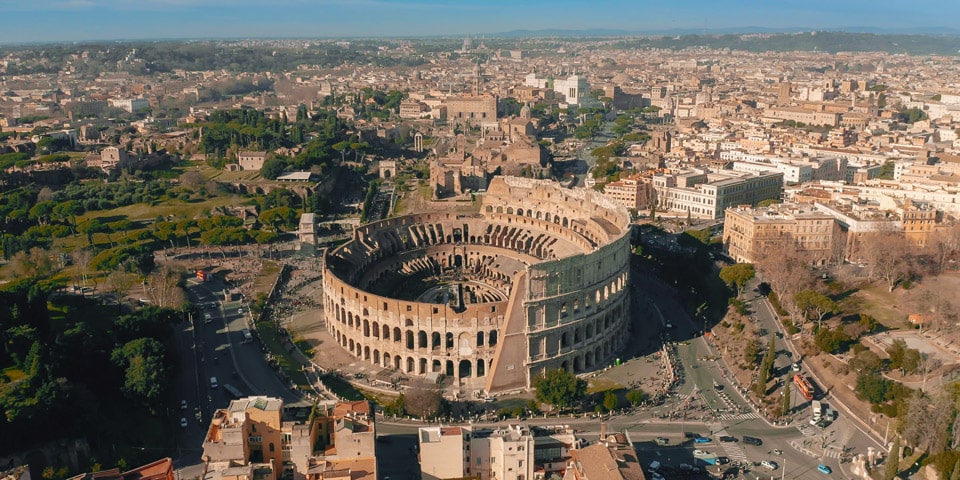

24810 views
Written by: Artur Jakucewicz

The construction of the Colosseum, also known as the Flavian Amphitheatre, spanned approximately eight years, initiated in AD 72 and completed in AD 80. Here’s a detailed breakdown of the chronology:
While the primary construction was executed within eight years, enhancements and modifications extended the development phase, marking nearly two decades of continuous architectural evolution. The result was an engineering marvel that has withstood the tests of time and remains one of the most iconic landmarks of ancient civilization.
However, the question of the minds behind this marvel remains a subject of intrigue. The exact identity of the chief architect remains shrouded in mystery. Instead of a single mastermind, the Colosseum likely saw the combined brilliance of several leading architects and engineers of the era, each contributing to different phases and elements of its construction.
The project was a significant state endeavor, reflecting the vision of the Flavian emperors, and was executed by some of the most skilled laborers and architects of ancient Rome. Their collective legacy, the Colosseum, stands as a testament to their expertise and Rome’s grandeur.
Read also about How Many Roman Emperors were Assassinated?
Author: Artur Jakucewicz
This website uses cookies. For more info read the cookies policy
Rome.us © 2025. Created with love by Roman experts and guides.